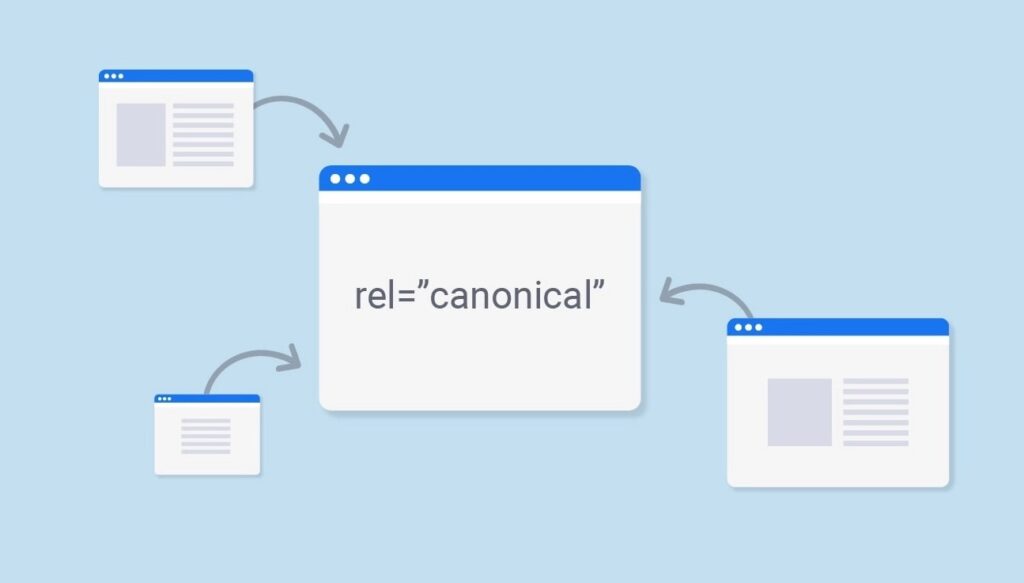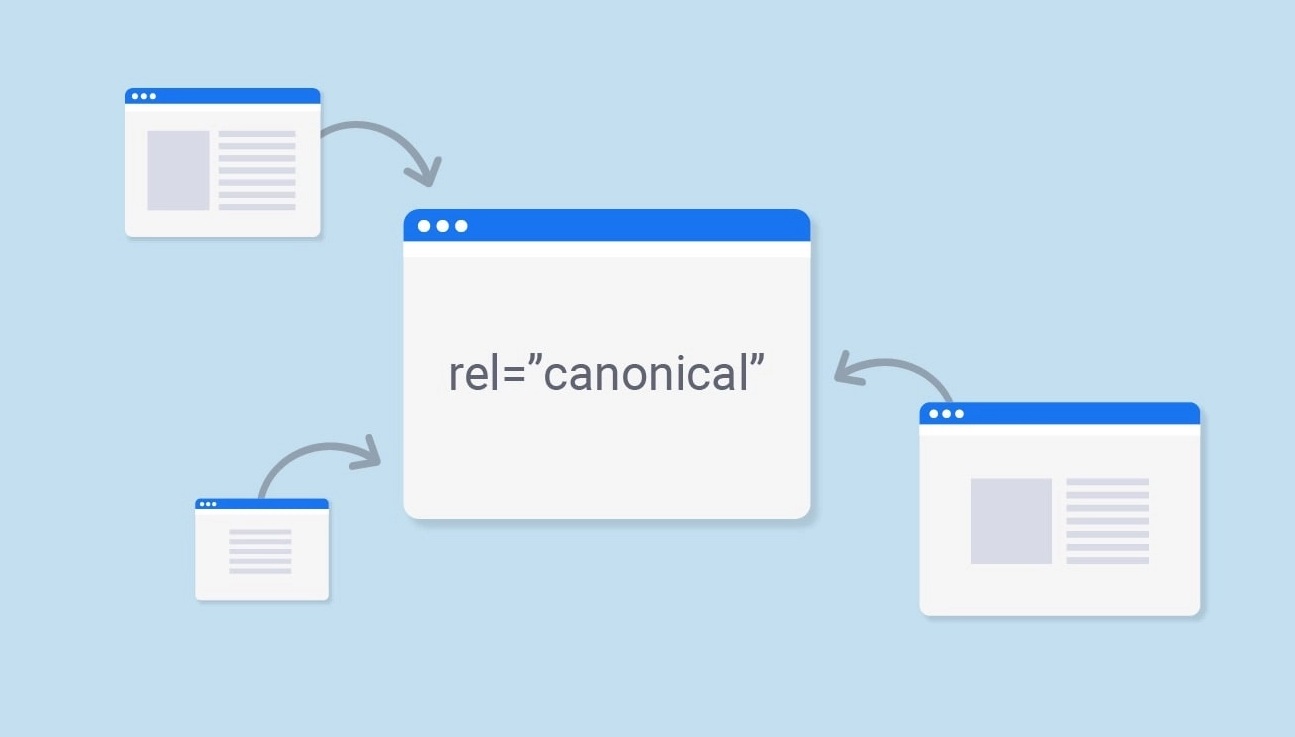What Is a Canonical Tag and How Can It Help Your SEO
A canonical tag is a link element that is used to specify the version of a page that should be indexed and ranked.

The canonical tag can be used to prevent duplicate content from being indexed. It also helps with SEO because it can help search engines identify the authoritative version of a page.
A canonical tag is a piece of code that you can add to your website’s pages to indicate which page should be indexed in search engines.
A canonical tag will help you with your SEO because it tells the search engine which version of the content they should index and rank. If you are updating and editing your content, use a secondary tag for that. For example, if you’re constantly updating or editing content in one of your blog posts, use the date as the secondary tag in that case.You can also use tags to help others find specific pieces of content on your website.These tags will usually be things like “in-depth” or “user guide” which help people who are looking for information relevant to a specific keyword.
What is a canonical tag and how can it help your SEO?
A canonical tag is a meta tag that tells search engines which version of a web page they should index. If you have two versions of the same content, you can use the canonical tag to tell Google which version to show in search results.
This allows you to keep your site organized and prevents duplicates from showing up in search results. It also helps improve the user experience by reducing confusion about duplicate content on your site.
The canonical tag is an important SEO tool because it helps reduce duplicate content, improves user experience, and helps with organization of a website. .For example, if a website has a page named “About Our Company,” the canonical link should be created to “Company” in order to improve the user experience by providing an easy link back to the original source.
A canonical tag is a piece of code that tells search engines which version of a web page should be indexed. This can be helpful in cases where the same content is available on more than one URL.
If a site has two URLs, www.example.com/page and www.example.com/page-2, the canonical tag will tell Google which one to index and rank higher in search results for that URL or domain name (www.example.com).
Canonical tags are important for SEO. They help you avoid duplicate content issues and improve your site’s ranking.
A canonical tag is a piece of code that tells search engines which version of a page is the original or “canonical” version. For example, if you have two pages with the same content but different titles, you can use a canonical tag to tell Google which page should be indexed as the original.
A canonical tag is a piece of code that tells search engines which version of a page to rank for a given URL.
The canonical tag can be used to tell search engines which version of the URL should be indexed and ranked in the search engine results pages.
There are three main reasons why you might want to use the canonical tag: -To prevent duplicate content issues when two URLs point to the same content on your site. -To prioritize one URL over another, such as when you have an old and new URL for a resource on your site. -To maintain control over which URLs are indexed by Google in cases where you don’t control all versions of your content. .A canonical tag is most often used to prevent duplicate content issues when two URLs point to the same content on your site. This is usually only needed when you have a URL that you own, and another URL that is provided by a third party. For example, if you have a resource on your site called “John Smith’s Resume,” which redirects to “johnsmithresume.com,” it would make sense to use the canonical tag so that search engines know which page should be indexed for that term. The canonical tag should be placed on the main page, with the “www.” preceding all links to it.
How to add canonical tag in wordpress
A canonical tag is a piece of code that you add to your website’s HTML in order to tell search engines which version of the content is the original, and should be indexed.
This tag can be used to address duplicate content issues. It also helps with indexing and ranking on search engine result pages (SERPS).
The canonical tag is used to specify which URL should be considered the “canonical” or “preferred” URL. It can also be used to specify that a page should not be indexed in search engines, or to specify a preferred domain name for a page.
This tag is very important for SEO purposes because it helps with duplicate content issues.
When you add a canonical tag in WordPress, you are telling Google that this page is the original version of content.
This will help Google to know which page to show in search results. In order to add a canonical tag in WordPress, navigate to Settings > Permalinks and click on “save changes”. at the bottom.In order to add a canonical tag in Blogspot, click on Settings > Structured Data and then click on “Manage Structured Data” at the bottom.Paste the canonical link in the field with your domain name.If you do not have a domain name, enter your URL instead.In order to add a canonical tag in Tumblr, navigate to Settings > Links and then click on “add “.
Should every page have a canonical tag
A canonical tag is a HTML attribute that defines a preferred URL to use when linking to a webpage.
The canonical tag can be used to help prevent duplicate content issues with search engines.
It can also be used as a signal for search engines to give more importance to the page.
A canonical tag is a way of telling search engines which page you want to rank for a particular keyword. It’s important because it can help reduce duplicate content and make your site more search engine friendly.
The canonical tag tells the search engine which page to use as the main source of information for a given topic. A website may have many pages that are similar, or it may have multiple versions of one page (for example, with different languages or formats). It’s useful when there are multiple pages with the same content on a site, because it helps the search engine know which one is the most important.
As a search engine optimization (SEO) technique, the canonical tag is used to specify which version of a web page should be indexed. This helps Google and other search engines to understand which URL should be shown in their results.
The canonical tag is used to specify the preferred version of a web page, among several URLs that might be returned by search engines.

